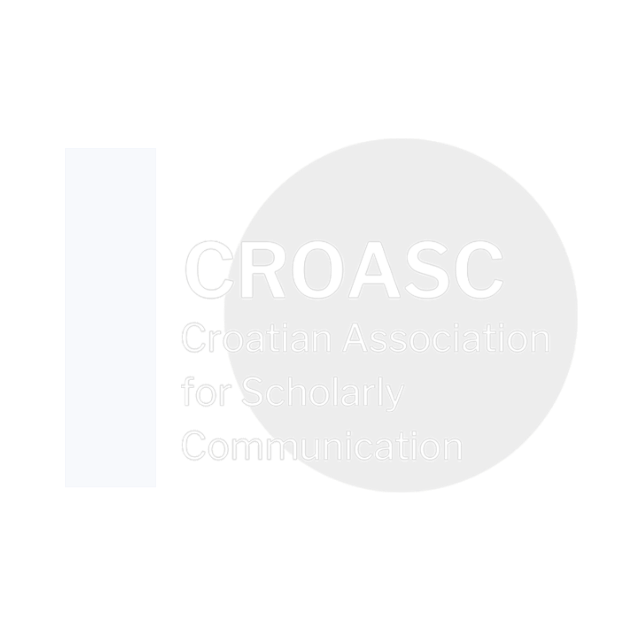Redefining Academic Publishing in Ukraine: National Journal Rankings for a European Future
presentation × thursday × 9.30-11.00

Iryna Izarova
Taras Shevchenko National University of Kyiv
Kyiv, Ukraine
Yuliia Hartman
Taras Shevchenko National University of Kyiv
Kyiv, Ukraine
Ukraine’s academic publishing system is currently undergoing substantial reform amid wartime challenges and the country’s broader efforts to align with European standards and practices. Since the last reform cycle, more than 1,700 scholarly journals have been included in the national list of recognised academic publications. However, many of these journals have raised significant concerns regarding editorial transparency, the integrity of peer review processes, and overall scientific quality. These issues have underscored the urgent need for a more rigorous, transparent, and internationally harmonised framework for evaluating academic journals (Sīle et al., 2018; Serenko & Bontis, 2024).
In response, the Working Group of the Ministry of Education and Science of Ukraine has developed a comprehensive revision of the criteria and procedures for forming the national list of academic journals. The list comprises Ukrainian scientific periodicals, divided into two categories. Category “A” is assigned to scholarly journals indexed in the Web of Science Core Collection and/or Scopus databases. Category “B” is assigned to scholarly journals that meet a set of technical and quality requirements, including policies, peer review practices, and other editorial activities. The primary purpose of this list is to officially recognise scholarly publications for the submission and defence of doctoral dissertations, academic titles, research evaluations of institutions and researchers, and the assessment of grant proposals funded by state or local budgets.
Drawing from established European models of quality assurance in academic publishing, which were carefully analysed (Sīle et al., 2018), the reform introduces a multi-faceted system of monitoring and evaluation. This initiative represents a significant step toward enhancing the quality of academic publishing in Ukraine and aligning national practices with European and global standards (CoARA, n.d.; DORA, 2012).
The draft regulation presents a new version of the national journal ranking system and includes several key innovations:
- Revision of the principles for forming the national list of academic journals, including the introduction of a three-year update cycle to ensure regular monitoring and compliance with established criteria;
- Establishment of a new advisory body at the Ministry of Education and Science: the Commission on Publication Ethics and Journal Evaluation;
- Simplified submission procedures for publishers seeking inclusion in the list;
- Categorisation of academic journals into clusters;
- Revised requirements for forming editorial boards of scholarly journals and the formal recognition of peer review;
- A formal list of predatory publishing practices and mechanisms for excluding journals involved in unethical behaviour or cooperating with so-called “paper mills” (Serenko & Bontis, 2024).
In addition to presenting these regulatory changes, speakers, members of the Working Group, will outline complementary steps necessary to achieve the reform’s objectives. These measures form part of a broader strategy aimed at ensuring quality and integrity in Ukraine’s academic publishing environment.
The core measures include:
- Formal evaluation, carried out by national libraries, which verifies technical and metadata standards (e.g., ISSN, DOI, website quality), frequency of publication, and the availability of editorial policies, including guidelines on the use of artificial intelligence;
- Editorial and ethical assessment, conducted by the Commission, which evaluates journal policies and practices against international standards set by COPE, EASE, DORA (2012), DOAJ (n.d.), CoARA (n.d.), and other relevant organisations;
- Scientific quality evaluation, based on Ukraine’s existing mechanisms for assessing national research projects by independent experts, which examines the originality, relevance, and scientific merit of published materials (Sīle et al., 2018).
The main aim of such additional measures is not only to enforce compliance but also to facilitate the development of national journals, particularly those with a local or regional focus.
Furthermore, the need for a pilot programme targeting non-commercial and university-based open access journals will be discussed. This initiative will provide capacity-building opportunities for editorial teams, including training on editorial workflows, journal management platforms (e.g., OJS), metadata standards, and the implementation of open science principles (DOAJ, n.d.; DORA, 2012). The current list does not include well-developed open science practices; however, one of the key objectives of the new list will be to enhance scientific openness and support open access journals.
Crucially, the proposed measures emphasize a constructive, non-punitive approach to monitoring, designed to encourage continuous improvement rather than impose sanctions. This includes educational support, conflict resolution mechanisms, and cooperation with international experts and organisations. The model is aligned with global trends toward meaningful research assessment, focusing on the quality and societal value of research rather than the quantity of publications, moving beyond the “publish or perish” paradigm (Serenko & Bontis, 2024; CoARA, n.d.; DORA, 2012).
Speakers in this session, members of the Ministry’s Working Group, will share reflections, insights, and strategic recommendations for implementing the reform and supporting its long-term success.
While the technical discussion is primarily regulatory and policy-oriented, the broader academic conversation also relates to conceptual frameworks in semantics and meaning-making. For instance, foundational theories in linguistics and cognitive semantics (Clark, 1973; Talmy, 2000; Deane, 1993) inform our understanding of scholarly communication and its epistemological dimensions, particularly relevant in shaping editorial standards, metadata practices, and the integrity of academic discourse.
keywords
academic publishing; journal evaluation; journal ranking; Open Access; predatory journals; research integrity
References
Clark, H. H. (1973). Space, time, semantics and the child. In T. E. Moore (Ed.), Cognitive development and the acquisition of language (pp. 27–63). Academic Press.
Coalition for Advancing Research Assessment (CoARA). (n.d.). CoARA. https://coara.eu
Deane, P. (1993). At, by, to and past: An essay in Multimodal Image Theory. Proceedings of the Annual Meeting of the Berkeley Linguistic Society, 19(1), 112-124. https://doi.org/10.3765/bls.v19i1.1500
Directory of Open Access Journals (DOAJ). (n.d.). DOAJ: Directory of Open Access Journals. https://doaj.org/
DORA. (2012). San Francisco Declaration on Research Assessment. https://sfdora.org/read/
Serenko, A., & Bontis, N. (2024). Dancing with the devil: The use and perceptions of academic journal ranking lists in the management field. Journal of Documentation, 80(4), 773-792. https://doi.org/10.1108/JD-10-2023-0217
Sīle, L., Pölönen, J., Sivertsen, G., Guns, R., Engels, T. C., Arefiev, P., & Teitelbaum, R. (2018).
Comprehensiveness of national bibliographic databases for social sciences and humanities: Findings from a European survey. Research Evaluation, 27(4), 310-322. https://doi.org/10.1093/reseval/rvy016
Talmy, L. (2000). Towards a cognitive semantics (Vol. 1). The MIT Press.
short biographies
Prof. Iryna Izarova is a Full Professor in the Department of Justice at Taras Shevchenko National University of Kyiv, where she also serves as Deputy Chair of the Coordination Center for scientific periodicals in the “Bulletin of Taras Shevchenko National University of Kyiv” series. She is a member of the University’s Scientific Council and holds leading roles in multiple international scholarly communities, including Editor-in-Chief of Access to Justice in Eastern Europe (AJEE), Chair of the Ukrainian Regional Chapter of the European Association of Science Editors, and member of the Special Interest Group on Research Integrity of the Association of Learned and Professional Society Publishers. Recently, Prof. Izarova was also appointed Chair of the EASE Regional Chapter Committee. She also actively supports Ukrainian publishers as part of the SUPRR initiative at Central European University and contributes to the Working Group of the Ministry of Education and Science of Ukraine on peer-reviewed academic journals. Her research focuses on civil procedural law, dispute resolution, and academic publishing.
Yuliia Hartman is a PhD candidate in Law at Taras Shevchenko National University of Kyiv and a Managing Editor at the journal Access to Justice in Eastern Europe. She is an active member of the Ukrainian regional chapter of the European Association of Science Editors. Yuliia also serves as Managing Editor for DOAJ. She has significant experience in academic publishing, particularly in editorial workflows, peer review coordination, and promoting open access practices. Her research focuses on civil procedure and access to justice, particularly in the context of compensation for damages caused by war as well as academic publishing and best editorial practices.

